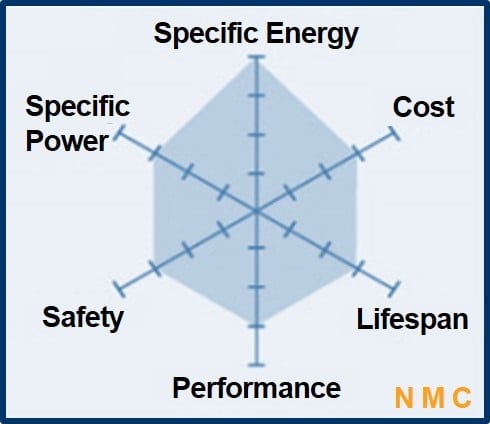

Most commercially available NMC are polycrystalline secondary particles aggregated by numerous nanosized primary particles, which usually maintain the spherical shape from the precursors. The particle's crystallinity and morphology can put significant influences on the energy density, cycling stability, and rate capability of the NMC cathodes in practical applications ( Liu et al., 2018 Fan et al., 2020). Lithium nickel manganese cobalt oxide (NMC) cathodes have been critical pillars of advanced lithium ion batteries at current state ( Chen et al., 2019 Xu et al., 2019 Zhou et al., 2019 Kim et al., 2020 Li et al., 2020 Wang et al., 2020b Wu et al., 2020 Zhang, 2020 Zheng et al., 2020). We expect that the more generalized growth mechanism drawn from invaluable previous works could enhance the rational design and the synthesis of cathode materials with superior energy density. In this manuscript, we start a journey from the fundamental crystal growth theory, compare the crystal growth of NMC among different techniques, and disclose the key factors governing the growth of single-crystalline NMC. Various techniques have been explored to synthesize the single-crystalline NMC product, but the fundamental mechanisms behind these techniques are still fragmented and incoherent. Well-dispersed single-crystalline NMC is therefore proposed to be an alternative solution for further development of high-energy-density batteries. Although the polycrystalline NMC particles have demonstrated large gravimetric capacity and good rate capabilities, the volumetric energy density, cycling stability as well as production adaptability are not satisfactory. Currently, most commercially available NMC products are polycrystalline secondary particles, which are aggregated by anisotropic primary particles. Lithium nickel manganese cobalt oxide (NMC) cathodes are of great importance for the development of lithium ion batteries with high energy density. 4Office of Frontier Technology, Ningxia Power and Energy Storage Lithium-Ion Battery Materials Engineering Technology Research Center, Zhongwei, China.3Hubei Key Laboratory of Electrochemical Power Sources, College of Chemistry and Molecular Sciences, Wuhan University, Wuhan, China.1Advanced Energy Storage Materials & Devices Lab, Ningxia University, Yinchuan, China.Ting Wang 1,2, Keliang Ren 1, Miao He 1, Wenhao Dong 1, Wei Xiao 3, Hongyu Pan 1, Jia Yang 1, Yang Yang 1, Ping Liu 4, Zhijie Cao 1, Xiaobo Ma 1 and Hailong Wang 1,4 *


 0 kommentar(er)
0 kommentar(er)
